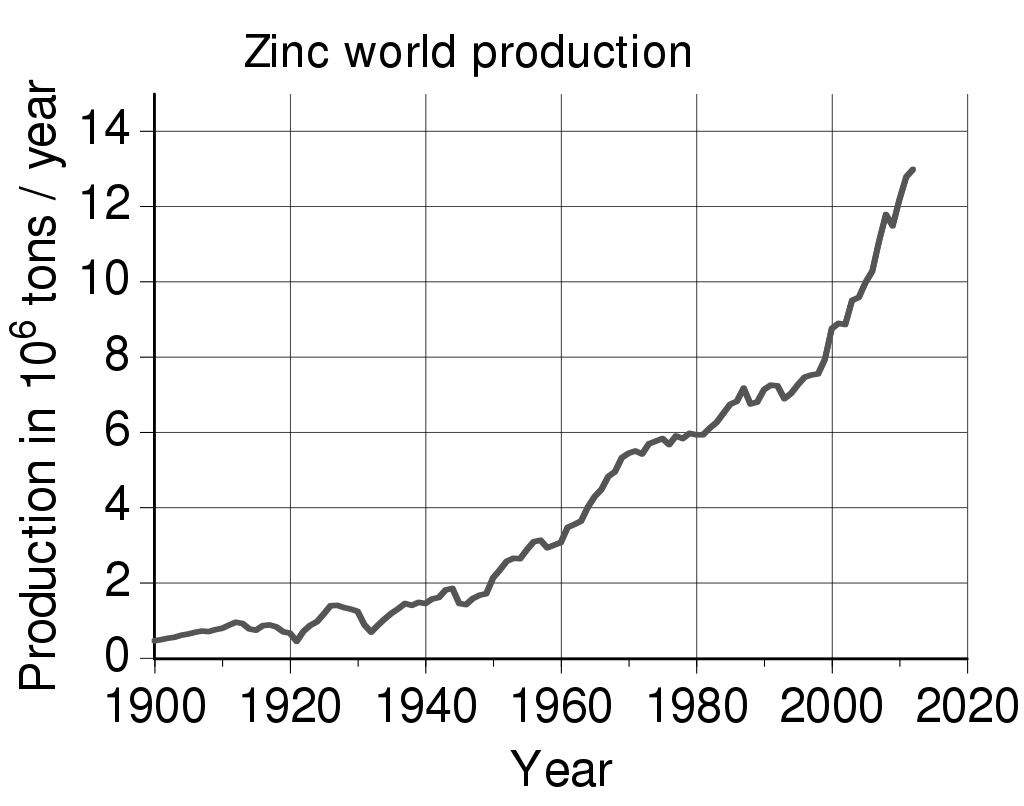🐄🥛 “The Milkmaid’s Covenant”: Linking Cowpox Immunity to SCN⁻ in Raw Milk
In 1796, Edward Jenner famously inoculated eight-year-old James Phipps with material from the cowpox lesions of dairymaid Sarah Nelmes. Phipps did not contract smallpox when later exposed, confirming Jenner’s hypothesis: cowpox conferred immunity to smallpox. But what if the milkmaid’s immunity
a closer look at SCN⁻-Linked tissues harvested in animal mutilations vs. tissues harvested from humans via healthcare
🧬 SCN⁻-Linked Reproductive Tissues in Humans Thiocyanate (SCN⁻) is present in various fluids and tissues associated with reproduction, especially where mucosal immunity, redox buffering, and epithelial integrity are critical. Here’s a breakdown by sex: ♀ Female Reproductive Tissues Ti
Birth of the National Live Stock Association and a BBQ for the ages
It’s the wild and woolly 1890s, and the West is wilder than a bronco with a burr under its saddle. Cattle rustlers are running amok, fences are getting cut and ranchers are squabbling over land rights. But wait! Who’s that riding over the horizon, ready to save the day? It’s a couple of li
Freemartin
A freemartin or free-martin (sometimes martin heifer) is an infertile female cattle with masculinized behavior and non-functioning ovaries.[1] Phenotypically, the animal appears female, but various aspects of female reproductive develo
Fetal bovine serum (FBS)
Fetal bovine serum (FBS) is derived from the blood drawn from a bovine fetus via a closed system of collection at the slaughterhouse. Fetal bovine serum is the most widely used serum-supplement for the in vitro cell culture of eukaryotic cells. This is due to it having a ver
Glycodelin is found in oocyte and sperm
aka human placental protein-14
The trefoil knot fold is a protein fold in which the protein backbone is twisted into a trefoil knot shape
“Shallow” knots in which the tail of the polypeptide chain only passes through a loop by a few residues are uncommon, but “deep” knots in which many residues are passed through the loop are extremely rare. Deep trefoil knots have been found in the SPOUT superfamily. 
Cyanamide notes (it was a polio vaccine that spurred these notes and by now polio has five mentions on the page and these are two of them)
I’m going to add some polio vaccine stuff at the top of these notes. Hilary Koprowski is the one mentioned on the Polio Hall of Fame page who was not included in the hideous monument, see What In God’s Name, even though he (and his work) have direct connection to those who are included.
Fibroin is an insoluble protein present in silk produced by numerous insects
Fibroin is an insoluble protein present in silk produced by numerous insects, such as the larvae of Bombyx mori, and other moth genera such as Antheraea, Cricula, Samia and Gonometa. Silk in its raw state consists of two main proteins, seri
Acidophiles in acid mine drainage
The outflow of acidic liquids and other pollutants from mines is often catalysed by acid-loving microorganisms; these are the acidophiles in acid mine drainage. Acidophiles are not just present in exotic environments such as Yellowstone National Park or deep-sea hydrothermal vents. Genera su
Freeze branding aka CryoBranding and the resulting brands, trichoglyphs, is a technique involving a cryogenic coolant instead of heat to produce permanent marks on a variety of animals
The coolant is used to lower the temperature of a branding iron such that its application to shaved skin will permanently alter hair follicles. The intense cold destroys the pigmentation apparatus in the animal’s hair follicles, leaving al
Heme metabolic intermediates
(porphyrin biosynthesis and heme degradation/excretion) and various other notes
Erich Traub (1906 – 1985) German veterinarian, scientist and virologist who specialized in foot-and-mouth disease, Rinderpest and Newcastle disease
Erich Traub worked directly for Heinrich Himmler, head of the Schutzstaffel (SS), as the lab chief of the Nazis’ leading bio-weapons facility on Riems Island. Note: Riems is home to the oldest virological research institution in the world, now called the Friedrich Loeffler
Transferrins
Transferrins are not limited to only binding to iron but also to different metal ions.











